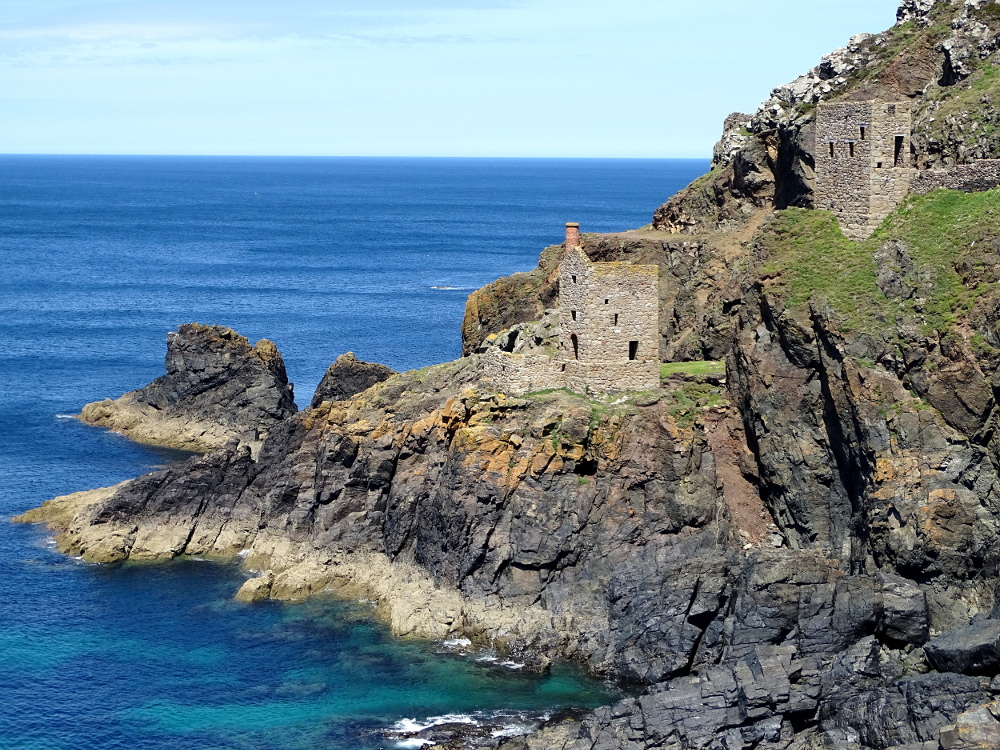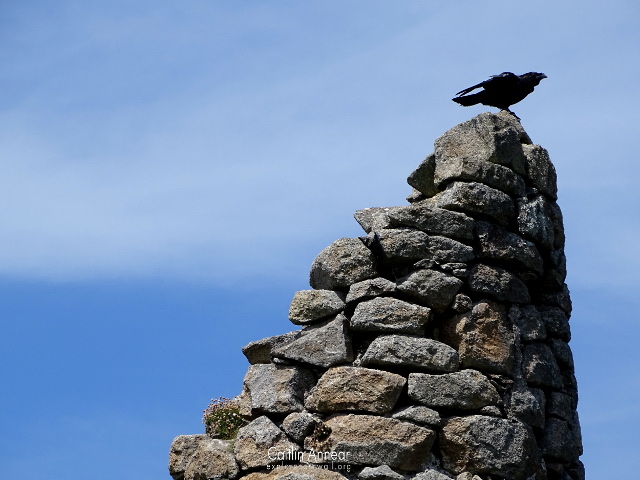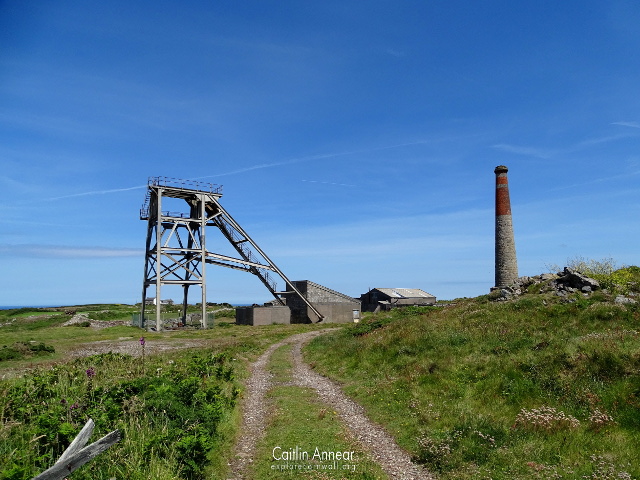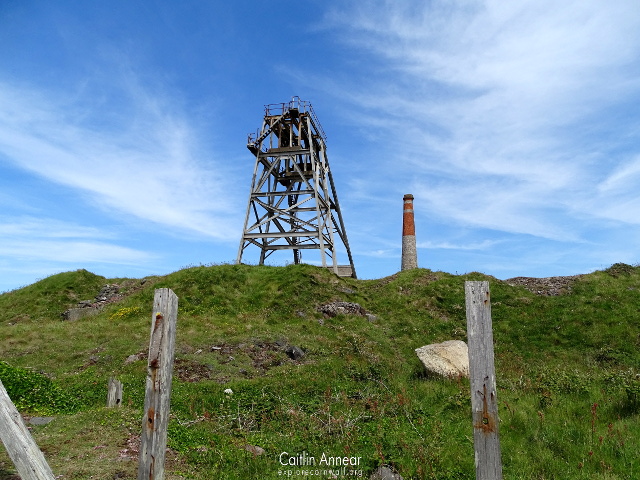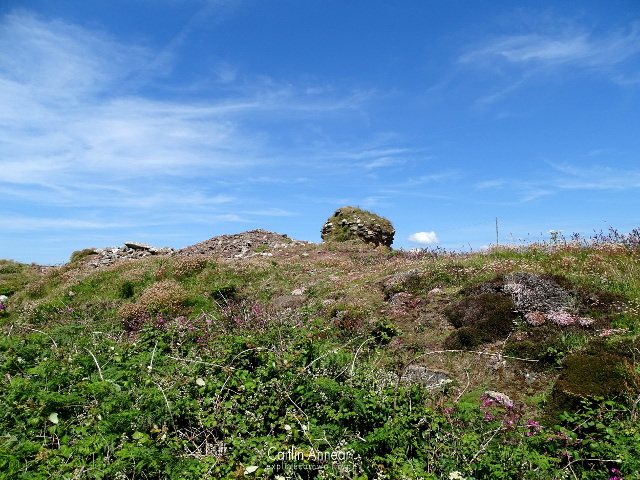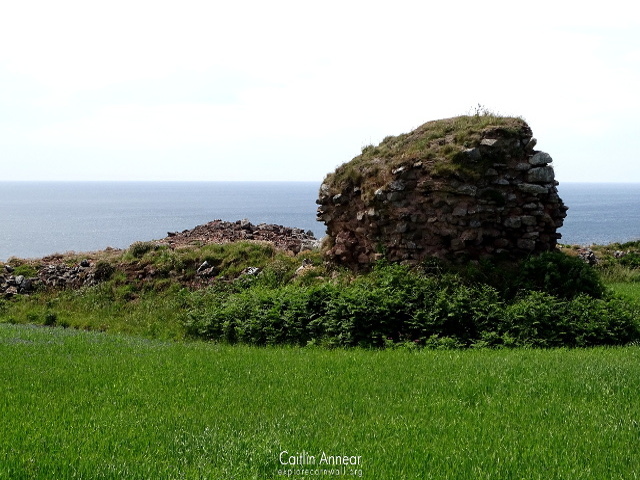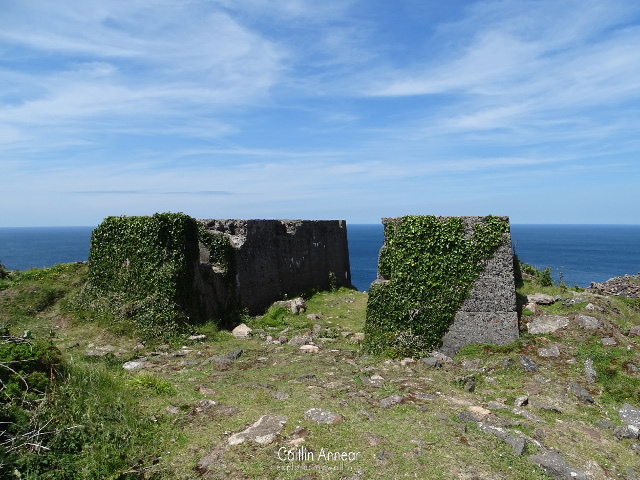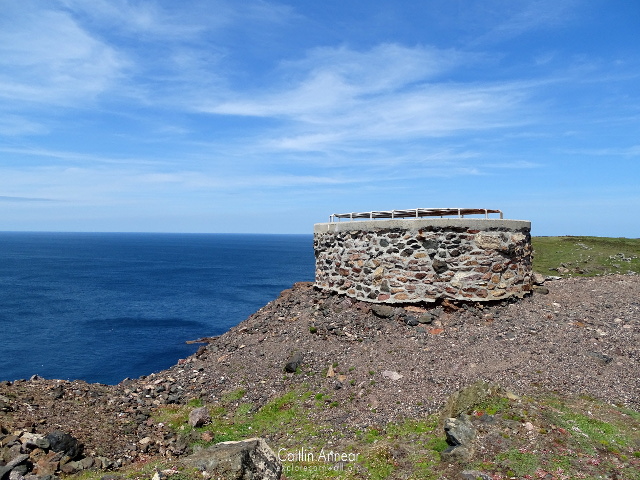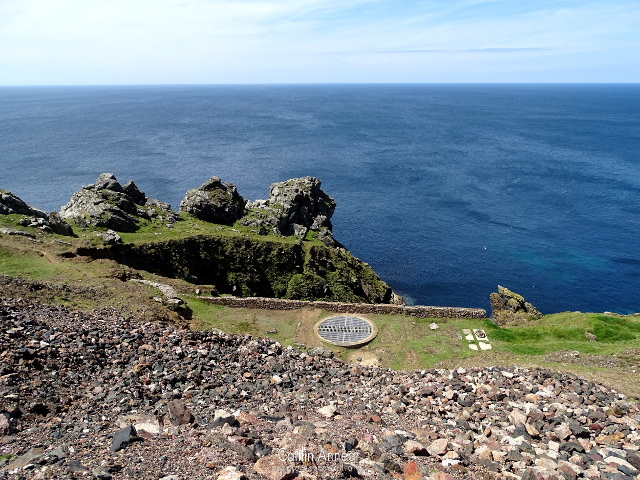Botallack mine can be found perched delicately on the cliffs in West Penwith. An ancient monument, this long working mine is really a collection of several smaller workings which utilised at least twenty engine houses and mined from over 102 shafts.
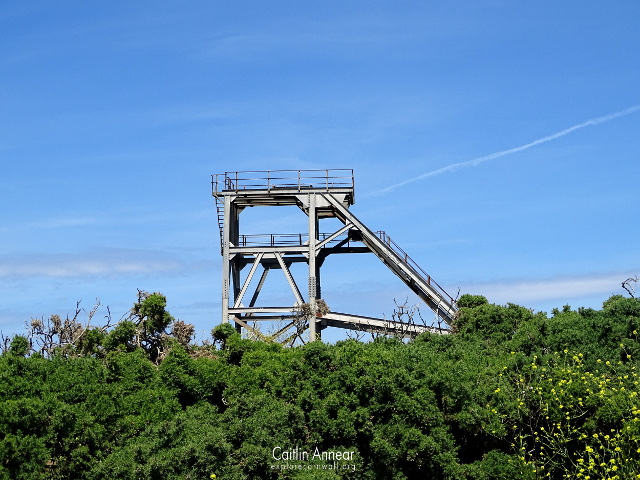
By 1778 parts of the mine were already deep and stretching out under the seabed, where the real riches of Botallack are found, with some sections of tunnel only having four feet of rock between the sea and the miners below. Around 1802 an engine was being installed on the Carnyorth section, with the first Crown’s engine following fourteen years later.
Through the 1830’s when tin prices dropped, the mine was kept alive under the management of Steven Harvey James. In the following decade, tin production became more and more important as it continued to expand.
Botallack’s most famous shaft, Boscowen’s Diagonal/Incline, was started in 1858 and completed in 1862. It was only a year later that the chain holding the gig bringing miners up broke, resulting in the deaths of eight men and a boy. The chain was quickly replaced and not long after the Prince and Princess of Wales were on site taking a ride down the shaft, which enjoyed a brief venture as a tourist attraction.
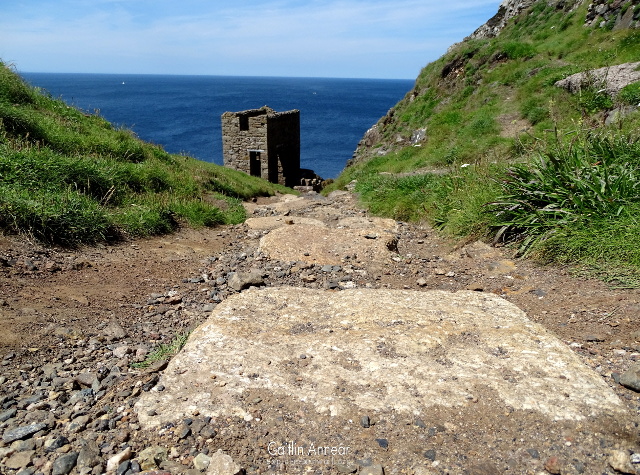
Again, fluctuations in ore prices and overall low output meant the mines fortunes were mostly over. While they were able to make some ground selling off arsenic, several of the lower levels had to be abandoned and the Crown’s and Wheal Hazard sections put on hold. The emigration of miners abroad did not help the situation. To aid the arsenic sales, a new plant was built in 1875, however this didn’t stop the Carnyorth section closing the following year.
Even during this trying time, the Wheal Cock site was still going strong and was even enlarged in 1883 while the managers were unsuccessfully trying to sell the rest of the mine. Botallack was producing poor quality tin and an upgrade of the entire dressing floor was much needed. In 1895 an underground dam in Wheal Cock collapsed, allowing water from other parts of the mine to flood the richer parts, an influx of water that the pumping engines couldn’t cope with. Large sections of the workings were sold off.
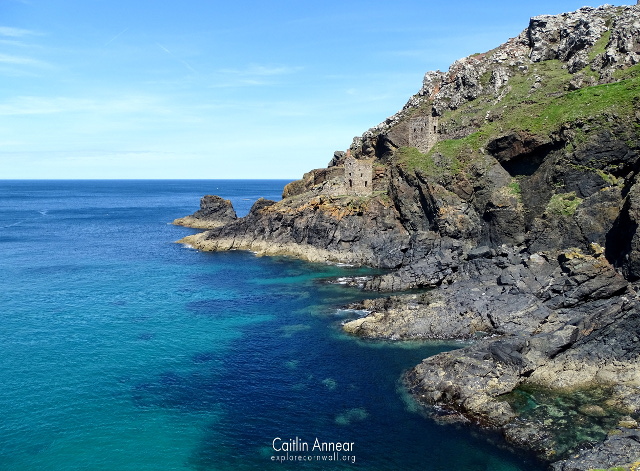
Probably the most famous engine houses in the world: the 36″ Crown’s pumping engine and 24″ Pearce’s Whim.
In 1906 a new company under the name Cornish Consolidated Tin Mines Ltd bought Botallack, Carnyorth and Buzza with the aim of reopening. A large number of surface buildings were erected, including a brand new dressing plant, offices and even rooms for Penzance School of Mines. One condition of this new venture was the sinking of Allen’s shaft; however it was located inland, away from the profitable ore under the seabed. It was abandoned again in 1914.
1980 saw once last try at the site, under Geevor Mine management. Allen’s shaft was revamped and the underground workings were extended, but this only lasted until 1985 when tin prices crashed again.
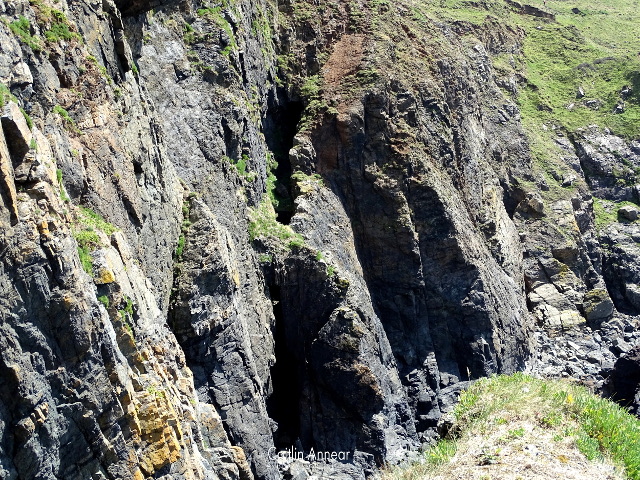
Following this, the Carn Brea Mining Society formed the Botallack Trust which set about consolidating the engine houses and dressing floors as they appear today.
Wheal Button: used to sink Boscowen shaft between 1858-62.
Crown’s: Built around 1816 and would have stood on the western side of the shaft.
Crown’s: built 1835 for a 36″ engine, with a boiler house on its right side. It worked until 1895.
Higher Mine: 36″ engine
Carnyorth: built in 1802 for a 20″ engine; replaced in 1866 with 30″.
Wheal Cock: 24″ engine
Spargo books: 37″, 30″ and 30″ engines
Wheal Hazard: ruined remains.
Wheal Button: ruined base of engine house, boiler house and stack.
Carn Whim: all inclosed whim like that at Levant. Used to haul a wagon up a 32.5° incline.
Pearce’s: Built 1862, possibly for a 24″ engine from Wheal Button. It would have driven a skip up from Wheal Hazard shaft and then from Diagonal shaft as well as a small set of stamps.
Carnyorth: whim engine.
Allen’s: sunk 1908 and hoisted using a twin cylinder horizontal engine.
Wheal Cock: working between 1892-95 before moving to Dolcoath New Sump, the concrete remains held a Holman’s twin cylinder horizontal engine.
Wheal Cock: 16″ beam whim that worked from Skip, Engine and possibly other shafts. Built before 1842.
Spargo books: three 26″, two 16″ and two 10″ engines.
Botallack: twin beam engine, also worked a pump from Narrow shaft.
Carnyorth: stamps engine.
Spargo books: 36.5″ engine.
Wheal Loor: engine near the old shaft.
Old Bal: two engine houses.
Nineveh: rotative engine with stack remaining.
Grylls Bunny: openwork mining which is several centuries old. It used to be considerably bigger before materials from the Allen’s excavation was put here.
19th Century Dressing Floor: includes the 1875 arsenic labyrinth.
20th Century Dressing Floor: contained a building for three gas generators, a tin mill with forty California stamps, shaking tables, buddles and round frames and a new calciner with arsenic stack.
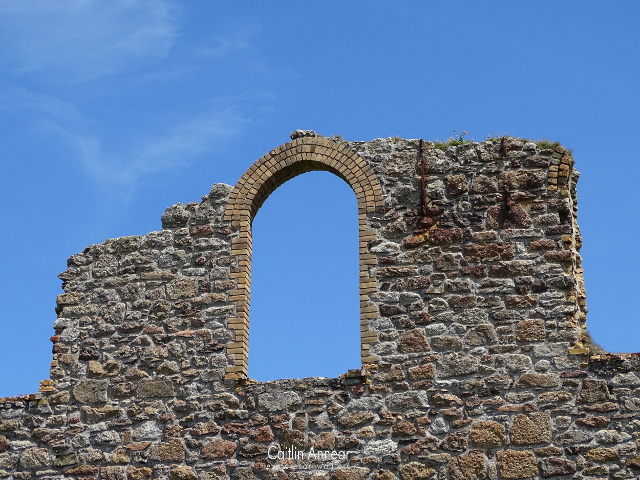
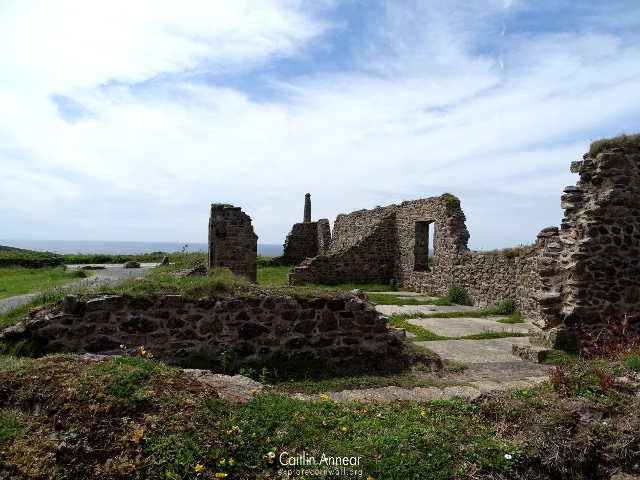
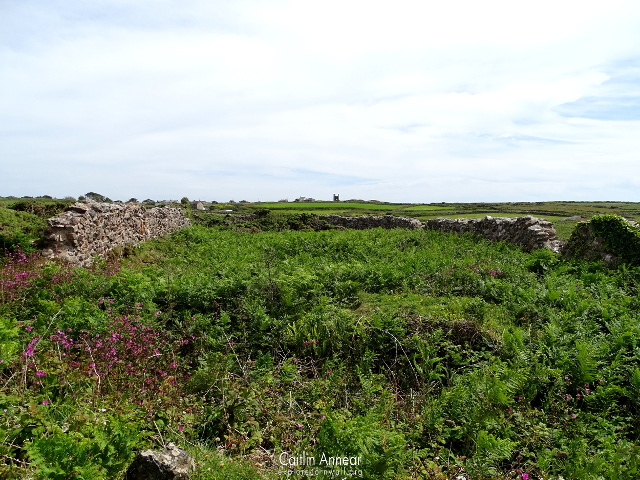
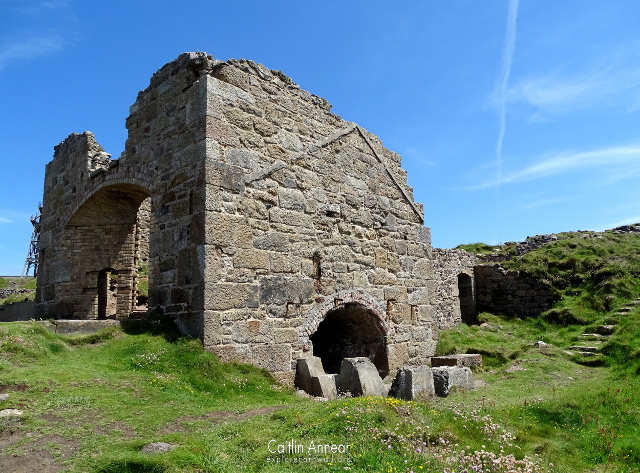
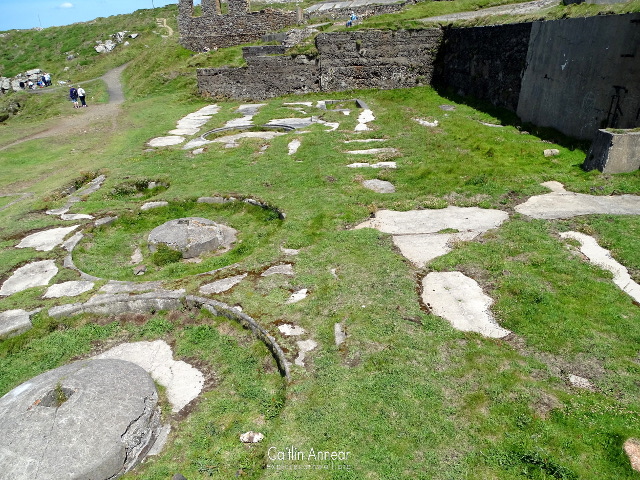
Extensive remains of the 20th century dressing floor, including large labyrinth, calciner, buddles and utility buildings.
Crown’s, Corpus Christi, Wheal Cock, Wheal Hen, Tolvan, Cudna Reeth, Narrow, Hazard, Bal, Scorran, Ninevah/Nogger, North, Bunny, Wheal Loor, Buzza, Parkanoweth/Truthwall, Cliffield’s, Rodd’s, Winnowing Stock, Tresize’s, Pearce’s, Levant Guide, Western Guide, Trevolgin, Wheal Chase, Cudna Reeth, Parkanoweth, Chy Cornish, Cliffield’s, and Greatwork.
Boscowen Diagonal (250 fathoms/457m), Crown’s Engine (135 fathoms/247m), Narrow (110 fathoms/201m), Wheal Cock (220 fathoms/402m), New/Skip (230 fathoms/421m), Chicken, Wheal Hen, Tolvan (30 fathoms/55m), Providence, Hard, Wheal Button (195 fathoms/357m), Ninevah (245 fathoms/448m), Higher Engine, Allen’s (243 fathoms/445m), Durloe’s (80 fathoms/146m), Davey’s (150 fathoms/274m), Flat Rod (165 fathoms/302m), Wheal Hazard (133 fathoms/243m), Chy Cornish (100 fathoms/182m), Pearce’s/New Skip (156 fathoms/285m), Park Bunny (120 fathoms/219m), Buzza (160 fathoms/293m), Ludgvan (50 fathoms/91m), Higher Buzza (50 fathoms/91m) and Lane (50 fathoms/91m).
Botallack and Wheal Cock: 1815-35, 1837, 1845-1905
14,040 tons (14,265,299 kg) black tin, 20,290 tons (20,615,592 kg) 12% copper
Carnyorth: 1853-65
1,050 tons (1,066,849 kg) tin
Wheal Cock: 1821-38
8 tons (8,128 kg) tin, 2,178 tons (2,212,950 kg) 10% copper
Botallack:
1,525 tons (1,549,471.5 kg) arsenic
Bal:
440 tons (447,061 kg) tin
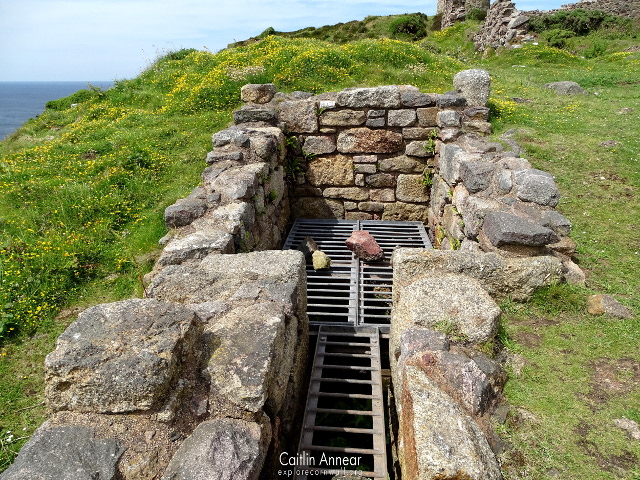
Narrow shaft with its metal grid. This was pumped by a stamps engine just up the path.
Botallack is made up of a number of smaller sets, including:
Wheal Hazard, Wheal Tolvan, Wheal Button, Wheal Loor, Cotton Wrath, Wheal Sampson, Wheal Chase, Grylls Bunny, Wheal Cock, Wheal Hen, Wheal Buzza, Wheal Chicken, Carnyorth and Ninevah.
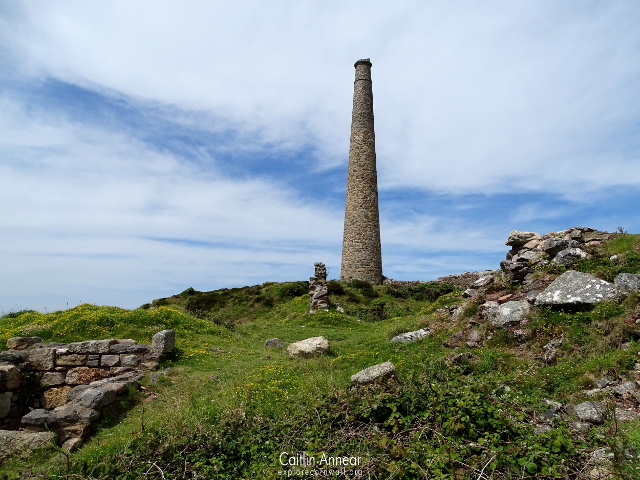
The whole property is on the southwest coastpath and is free to visit at any time. The Crown’s engine houses have been consolidated, although the lower pumping engine is very dangerous to reach.
The National Trust have a small cafe with information and toilets on the site, check their website for opening times.
There is a small National Trust carpark on the site that is pay and display, or free for NT members.
Brown, K. and Acton, B. (2007) Exploring Cornish Mines: Volume One. 4th edn. Truro: Landfall.
Dines, H. G. (1956) The metalliferous mining regions of south-west England. British Geological Survey.
Nance, D. and Brown, K. (2014) A complete guide to the engine houses of West Cornwall. Gloucestershire: Lightmoor Press.
Sharpe, A. (1993) St Just: An archaeological survey of the mining district volume II. Available at: http://map.cornwall.gov.uk/reports_event_record/1992/1992R032.pdf (Accessed: 30 August 2019).
Sharpe, A. (2008) St. Just Environmental Improvement Works, Cornwall: The results of an archaeological watching brief and consultancy during conservation and safety works to sites in the mining district 2002-2006. Available at: http://map.cornwall.gov.uk/reports_event_record/2008/2008R062.pdf (Accessed: 30 August 2019).
Spargo, T. (1864) The Mines of Cornwall: Land’s End Peninsula. Truro: D Bradford Barton Ltd.
